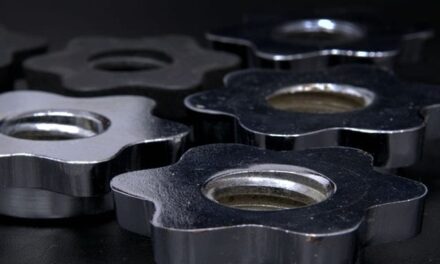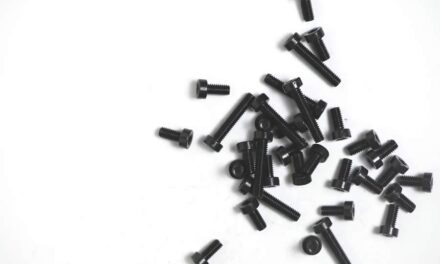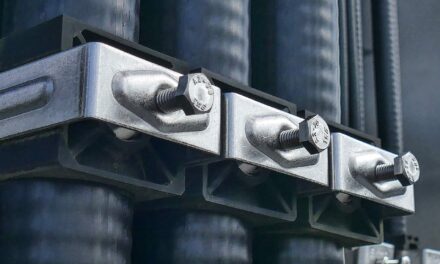Appearance is nearly always a factor when you are choosing electroplating. However, resistance and protection against corrosion are also key factors. In fact, sometimes corrosion resistance is the prime requirement. This is where zinc passivation comes in.
Zinc metal coatings
Zinc metal coatings are highly resistant to corrosion by the atmosphere and most natural waters. This is providing they are not acidic or highly alkaline. They are resistant due to a compact layer, mainly of oxide and hydroxide, which soon forms on a zinc surface. If you carefully rinse and dry the layer after plating, you can preserve the protectiveness of the layer. However, a better way to protect the layer is by applying a chromate passivation treatment. This treatment provides an effective safeguard against ‘white rusting’ in very damp conditions.
Types of zinc passivation
There are several types of zinc passivation treatment that can be specified. All of them have different appearances and levels of corrosion resistance. Below, we have listed the treatments recognized in international standards. The times given in brackets are, those to the initial formation of white rust in a neutral salt spray test, such as that described in BS 5466: Part 1:
Clear – prevents staining on handling, while preserving bright appearance (10 hours).
Passivate and Sealant – slightly iridescent or dull (240 hours).
Yellow- yellow or iridescent (72 hours).
Olive drab -less attractive opaque brown/green (96 hours), much used by the MOD.
Black Passivation – 48 hours
Chromated zinc is sometimes used as an undercoat for paint.
Electroplating is generally the best way of applying coatings of zinc up to 25μms thick.
Although zinc is highly resistant to atmospheric corrosion, it suffers more rapid attack in heavily contaminated industrial areas. This is because of the acidity of condensate that forms under these conditions. Salt present in marine environments also increases the rate of attack, but not to the same extent. The service life of a zinc coating is very much a function of its thickness, as it eventually corrodes away.
Zinc nickel plating
Zinc provides sacrificial protection to a substrate such as iron or steel when the coating is incomplete or is damaged during assembly or service. This protection is vital in some circumstances. Under moist conditions, however, unless the gap is plugged with corrosion product, exposing the basis metal will locally accelerate dissolution of the zinc. An increasing area of basis metal will be exposed. Inevitably, at some point in time, the protective action of the zinc will cease to extend as far as the middle of this bare area, and the substrate itself will be subject to corrosion. We alloy nickel into the zinc (at about 10 – 15%) which achieves much greater levels of corrosion resistance. It creates a coating with over 10 times the performance of pure zinc.
Zinc plating services
If you would like to find out more about zinc passivation services, then head to our website today. Alternatively, you can call to speak to a member of our helpful and friendly team.
If you have found this blog helpful, you may wish to read our previous blog on Cadmium Replacements.





